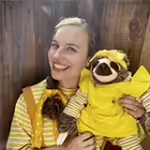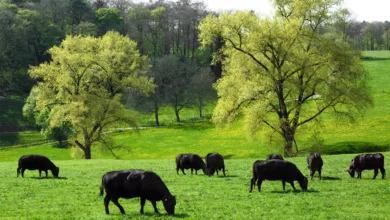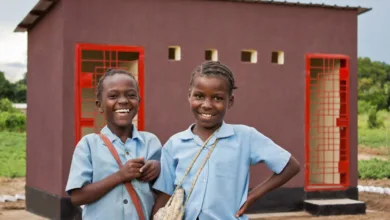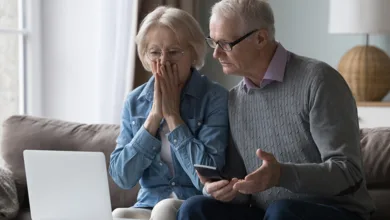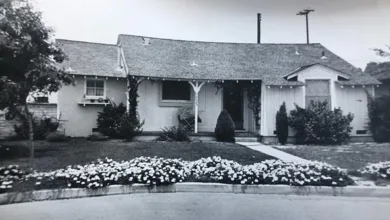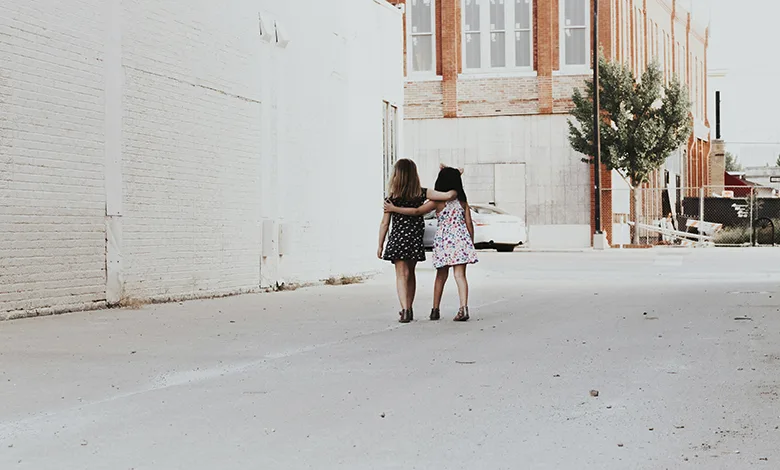
Our bodies absorb stress in a world increasingly defined by chaos — climate disasters, political turmoil, and threats to education funding and healthcare. I see it in my students’ eyes when I ask them what stories they’ve been following lately. More than a third this semester report watching the news obsessively, consumed by coverage of local fire recovery efforts, attacks on marginalized lives, deportation orders, and potential cuts to their financial aid.
The body is a battleground and sanctuary
In times of global crisis, our bodies become both battlegrounds and sanctuaries. The physical toll of constant outrage—the tension, exhaustion, and cortisol spikes—can destroy our capacity for meaningful action. Yet our bodies also hold the wisdom needed to navigate complexity with integrity.
When I commit to my contemplative practices (for me, it’s most often walking, yoga, meditation, and gardening) I am more inspired to create. By quieting my mind and breathing my body full, by engaging my muscles and settling my pulse, I not only gain more energy — my words pour out more easily. In fact, I often can’t help but write. I’m even able to face the deep pain of life with more perspective and grace.
I feel inspired—quite literally. “Inspiration” comes from the Latin word “inspirae,” meaning “to breathe into.” The word entered the English language through Old French, becoming “inspiración.” Today, it refers to a source of ideas or creativity.

What are contemplative practices?
Contemplative practices, also known as mindfulness, support the connection between the body and mind. As Richard Davidson and Cortland J. Dahl write in a 2016 article in JAMA Psychiatry, these practices emphasize “self-awareness, self-regulation, and/or self-inquiry to enact a process of psychological transformation” and “are typically viewed as practical methods to bring about a state of enduring well-being or inner flourishing.”
Contemplative practices include any activity that brings a mindful presence, supporting the connection between the body and mind. These can include gentle practices such as:
- Group movement, sound, and breathwork
- Writing or journaling together
- Community check-ins
These approaches help us find the space to ground our bodies, quiet our minds, and just get the words out.
How contemplative practices intersect with creativity
When we talk about creativity as a response to injustice, we often frame it as a purely intellectual exercise—crafting arguments, sharing perspectives, and documenting wrongs. But creative resistance can also occur in the body–and this can reverberate out into the world.
I have long been inspired by contemplative practices and their intersection with the creative process. When we engage in embodied creative practices—through storytelling, movement, art, or community-building—we’re not escaping reality; we’re entering it more fully, with all our senses engaged. We’re rejecting the false binary between self-care and world care, recognizing them as interdependent aspects of the same commitment.
These somatic approaches aren’t separate from the work of justice but foundational to it. They emphasize self-inquiry, which itself can feel daunting. When shared with the support of a mindful community, such practices can enact a process of psychological transformation and states of increased opportunities to imagine and expand communal well-being and flourishing, which is needed more now than ever.
The power of community
Over the past few months, I have had the great honor of participating in healing circles led by therapists and healers focused on post-fire recovery. In these circles, I have witnessed the power of embodied practices—sitting together, creating space for heart-centered sharing, listening deeply, calling in our histories, and finding pathways back to safety in the here and now.
Research supports this connection. A 2019 study led by Natalia Jaramillo, PhD at UCLA examined students from Puerto Rico who endured Hurricane Maria and students from California who experienced wildfires and mudslides. The researchers found that “students who felt more of an altruistic community in the first weeks after disasters exhibited lower levels of mental health symptoms.” Our bodies heal in community—and healed bodies have the capacity to create change.
Our creative connections—the circles where we witness each other’s pain and possibility—don’t just make us feel better. They make us better equipped to create justice in a fractured world.
Creating community in your corner
We’re not just seeking personal comfort when we gather in creativity circles—like those I facilitate through the slow-down circle, which combines mindful movement, breathwork, meditation, and grounded writing practices. We’re building resilience muscles that make sustained action possible. We’re creating the conditions for collective imagination, which precedes all meaningful change.
As we navigate these challenging times, I invite you to consider:
- How might embodied creative practices strengthen your capacity for meaningful resistance?
- What stories are you carrying—of resilience, struggle, and hope—that might inspire others?
- How might the creative community become part of your strategy for sustainable change?
We’re not giving up yet. We must sustain our bodies together in our “circles of community” because embodied creativity isn’t just how we cope with chaos—it’s how we transform it.


